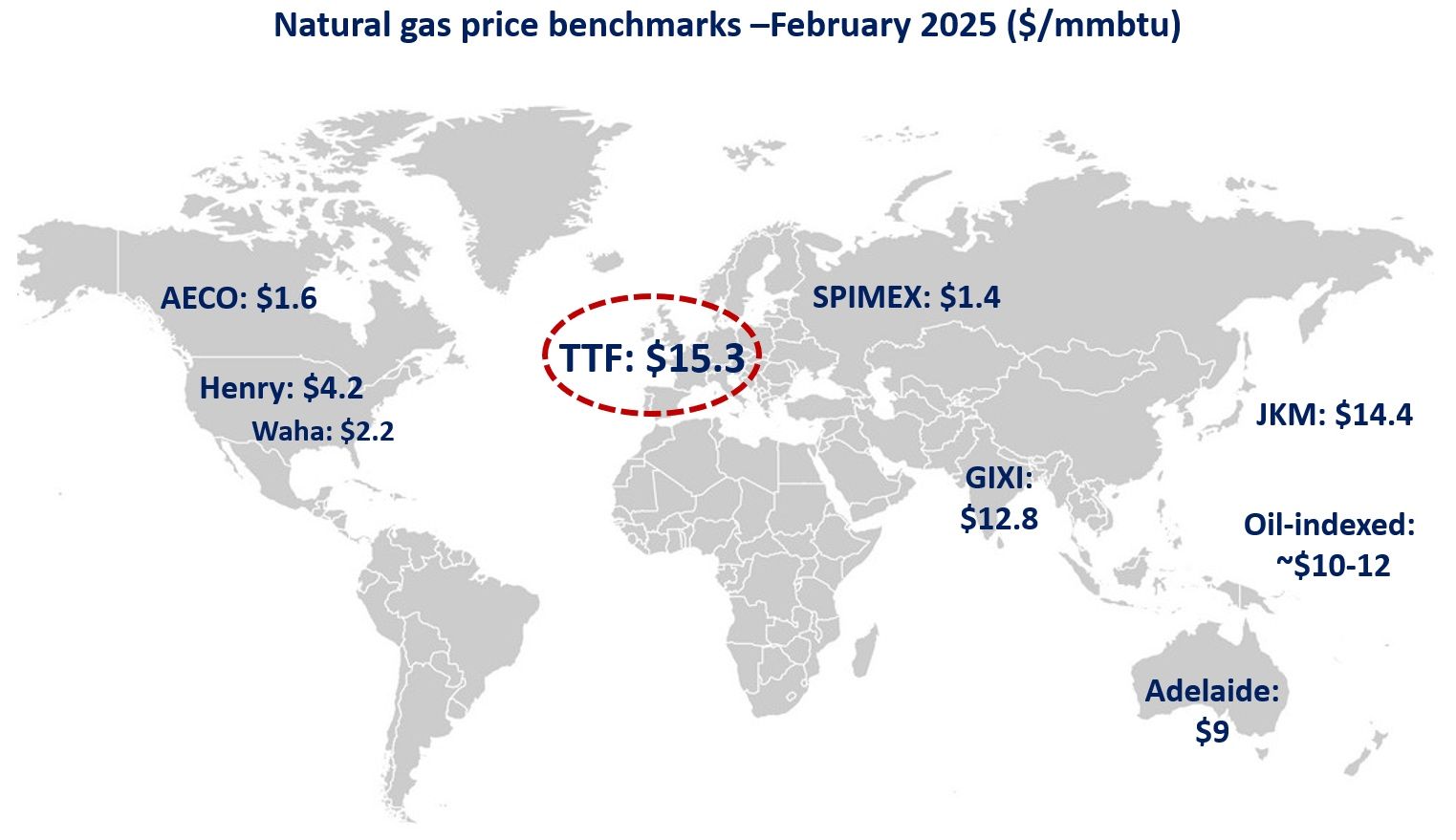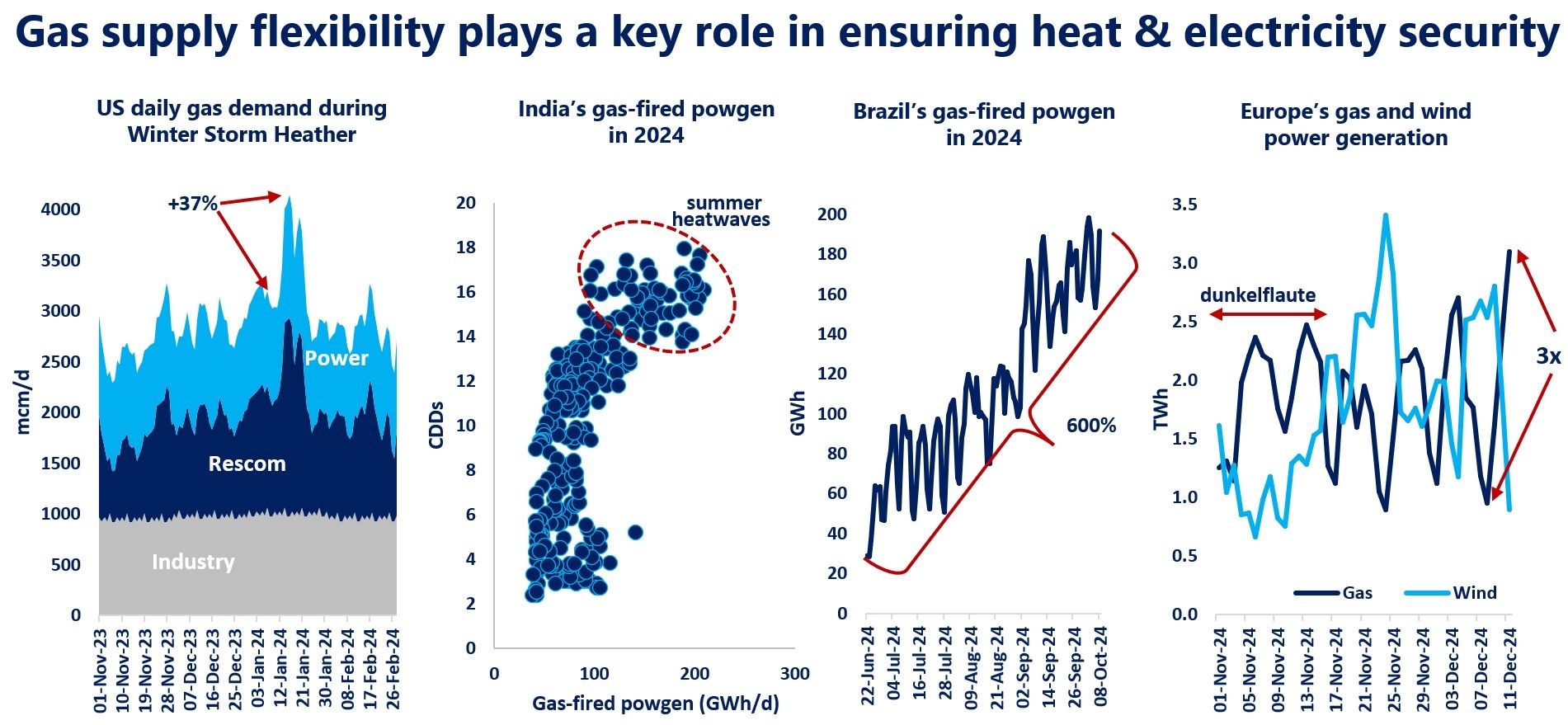

This year, pipeline gas flows to Europe have increased both from the north and south sides.
Not only Norway maximised its exports to NWE amid favourable price environment and limited maintenance works, but also Algerian gas deliveries to Italy hit multi-year highs.
Natural gas supplies to the Mazara del Vallo entry point have averaged above 55 mcm/d since late 2021, as oil-linked contracts remained far more competitive than hub-based prices though all this period of time.
While the first nearby Brent crude oil future added ‘just’ 60pc over the last year, the PSV month-ahead product rose more than fourfold in the last 12 months.
In the second half of June 2022, Italy has so far imported over 60 mcm/d, registering a 25pc year-over-year rise.
But was it possible to expect any other development, given lower deliveries at Tarvisio while there is a growing need to inject more gas into the country’s underground storages.
As on 24 June, Italy’s gas storage sites were about 56pc full, compared to an average of 67pc in 2013-2021. It is pretty obvious that if there was a way for Italian importers to increase further their intake from Algeria, they would do it.
Along with LNG and imports via Passo Gries, flows from North Africa have helped to ease supply tensions in Italy.
But the key issue in the current tight market is for how long Algerian gas supply to Mazara del Vallo will remain at higher levels.
Without knowing the terms of contracts it is no easy task to predict with precision the development of flows via the Transmed pipeline.
Normally, however, there is much less space for volume flexibility on the buyer side later in the year if a flow has been strong and steady for a long period of time.
Here is another supply-related issue that deserves careful attention as the summer season progresses.
Source: Yakov Grabar (LinkedIn)













